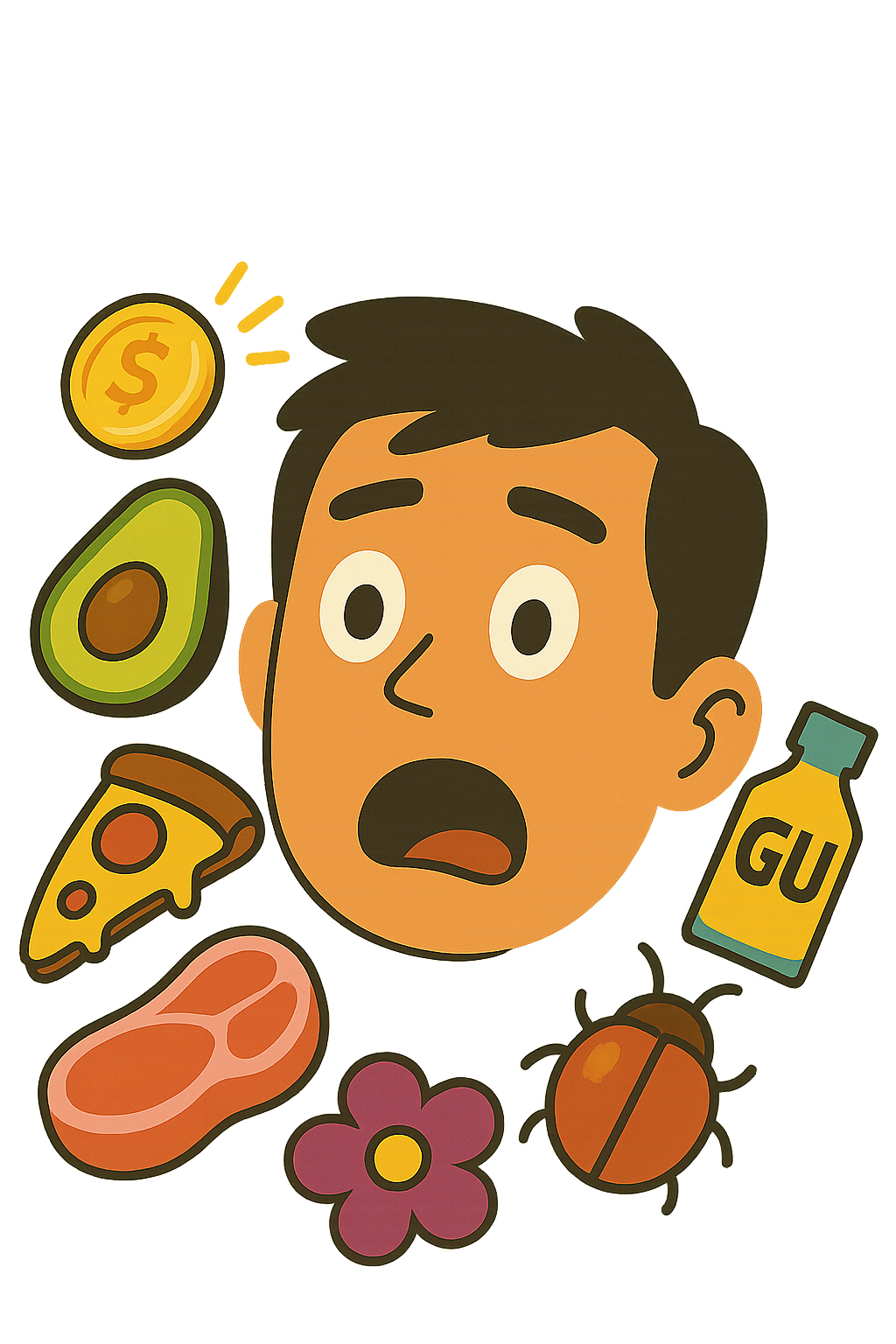Can I eat cassava leaves?
Quick Answer
Yes
Cassava leaves can be eaten, but they must be cooked properly to remove potentially harmful levels of cyanide.

What Is It?
Cassava leaves are the leaves of the cassava plant, a staple crop in many parts of the world. They are rich in protein, vitamins, and minerals.
Historical Context
Cassava leaves have been consumed in many cultures, particularly in Africa and Southeast Asia, for centuries. They are often used in soups, stews, and side dishes.
Why It Can Be Risky
While cassava leaves can be a nutritious part of the diet, they also contain cyanogenic glucosides, which can release cyanide in the body if not properly prepared.
- Consuming improperly prepared cassava leaves can lead to cyanide poisoning, which can cause symptoms such as dizziness, headaches, and confusion.
- Long-term consumption of improperly prepared cassava leaves can lead to more serious health problems, such as paralysis and damage to the nervous system.
Safe Method?
Cassava leaves should be thoroughly cooked before consumption to remove the cyanogenic glucosides. This usually involves boiling the leaves for at least 10 minutes.
Safe Alternatives
If you’re unable to properly prepare cassava leaves, consider alternatives like spinach or kale, which also provide a good source of vitamins and minerals.
Storage Tips
Cassava leaves can be stored in the refrigerator for up to a week. For longer storage, they can be blanched and frozen.
Preparation Tips
Before cooking, cassava leaves should be thoroughly washed and any tough stems should be removed.